A Little Night Music takes place in Sweden at the turn of the century. The elegance of this era is reflected in the gorgeous costumes designed by Suzanne Young and wigs by Erin Sabo, Megan Leno, and Joseph Feldmann. Not only are the dresses and outfits glamorous, sophisticated, and identifiably Victorian, but the hairstyles are as well. Hair, as it turns out, is an amazing indicator of time. The Victorian era has some of the most elegant hairstyles and, surprisingly, also very doable! Here are some of the most popular and defining hairstyles of the time that you can try out at home.
1) LOOPS
During the beginning of the Victorian era, it was popular for women to arrange their hair in an updo collected at the back of head, complimented with one or more loops of hair leading from the front of the hair to the arrangement in the back. Although A Little Night Music takes place toward the end of the Victoria period, this is still a very simple and fun style to try.
The fun thing about recreating this style is 1) it does not require a lot of effort, 2) nobody wears their hair like this these days so it’s unique, and 3) it’s an option for straight-hair women who don’t feel like curling or crimping their hair.
Queen Victoria herself kept her hair simple. In all of her portraits, her hair was parted down the center, looped around the sides, and secured in an updo.
2) BRAIDS
Many of this time period’s updos were complimented by braids, either as a finishing element or a flourish. The Victorian 3-braid is a simple, yet popular style from the era that is another take on the ever-so-popular looping accents.
The Victorian 3-braid is a little more difficult for first-timers so an extra hand may be needed. Experienced hair dressers will be able to create this style on themselves.
1) Put your hair up into a basic ponytail.
2) Loosen your ponytail slightly and use your fingers to part the hair just above and below the band.
3) Carefully reach through the part and grab the ponytail. Pull it gently up through the part to create a flip-through.
4) Divide the ponytail into three sections. Get your friend to hold two of them.
5) Divide the remaining section into three and braid it. Repeat with the other two.
6) Loop the braids and tuck the ends into the flip-through. Secure with pins.
There are also several variations of this, including single braid and 5-braid versions.
3) GIBSON TUCK
Around the end of the 19th century and the beginning of the 20th century, the Gibson Girl emerged as a new feminine ideal. She was personified as more independent, sporty, and simple type of woman, and her hair styles were much more loose and carefree-looking than some of Victorian era’s more involved styles.
It’s a simple style to do, especially for people with shorter, curlier hair! Here are the three quick-and-easy steps:
1) Pull your hair into a basic ponytail.
2) Loosen the ponytail slightly and use your fingers to create a part just above the band.
3) Flip the band down into the “pocket” this creates, and push the ponytail in after it.
The Gibson tuck could be worn in several different ways, including a chignon style (the hair is tied in the knot at the nape of the neck), a top bun (a loose bun tied at the very top of the head), or a psyche knot (very similar to a high, normal bun). The gist of any Gibson-girl-inspired hairstyle is this: it must be effortless, simple, and graceful.
4) CRIMPING
Hot irons were introduced as hair styling devices during the Victorian era, which resulted in the popularity of crimped hairstyles. One of these styles, known as the “Marcel Wave” (similar to the popular finger waves of the 1920s and 1930s but made using different techniques), allowed the hair to become loose and wavy. The waves looked great when tied back with combs, flowers, ribbons, and strings of beads.
5) CURLS
Curls have been stylish long before the Victorian era but certainly became more creative during this time. Some curls were worn in medium coils that framed the face while the rest of the hair was pulled back in an updo. In the early 19th century, children were known to sport “sugar curls” or “barley curls” – long ringlets that hung down from the rest of their hair. During the later half of the 19th century, ladies began to adapt the curls to their own existing styles, leaving one or two long curls to hang down from a neatly coiled bun.
6) WHAT ABOUT LETTING YOUR HAIR DOWN?
During the Victorian times, long, loose hair was only appropriate for children. Most respectable grown women only wore their hair down in very intimate settings, such as their bedroom or dressing room. Her husband or children and maids were the only people allowed to see her this way.
That said, in different countries loose hair during Victorian times had different connotations. For example in Denmark, long, loose hair marked a period between childhood and adulthood for young women.
Girls who were of marriageable age, but were not engaged, would wear their hair down without a hat or bonnet as a sign of their eligibility.
Now you don’t have to be one of the actresses on the Performance Network stage to have your very own Victorian hairstyle! You can join us for the laughs, tears, and exciting drama of A Little Night Music starting November 15 through December 30! Tickets can be reserved online or by calling (734) 663-0681.
This blog was written by Jen Pan.
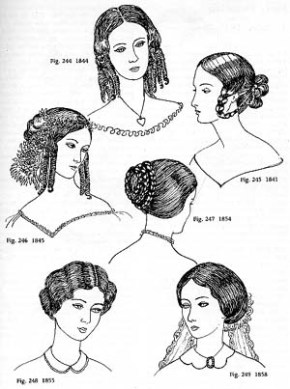
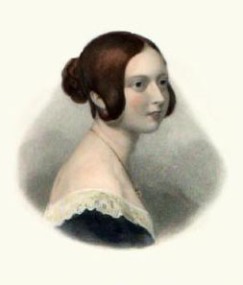
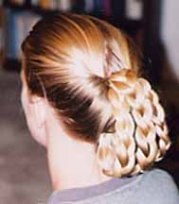
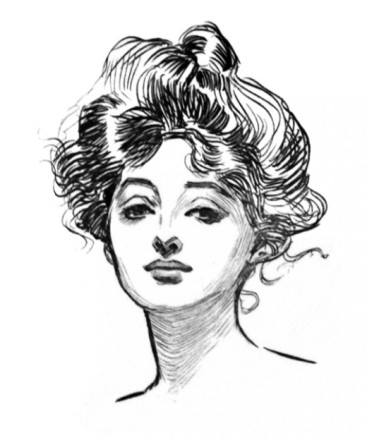
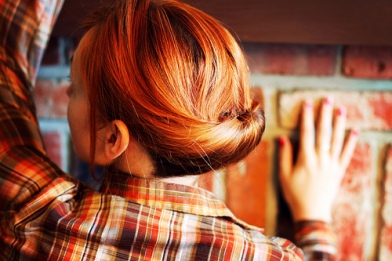
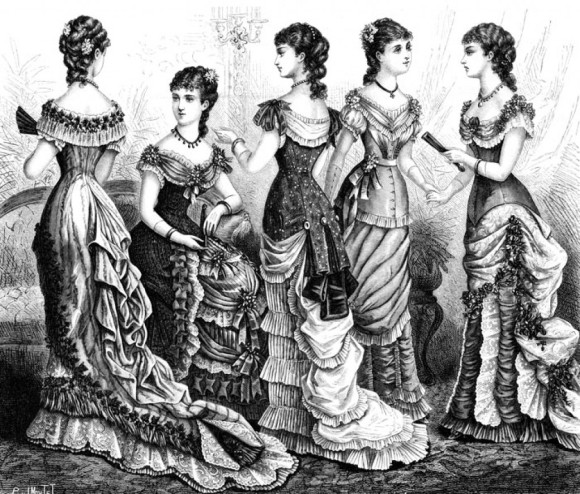
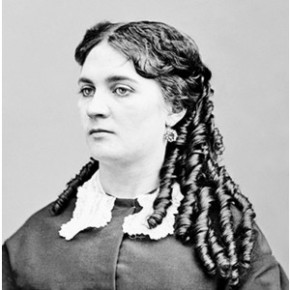
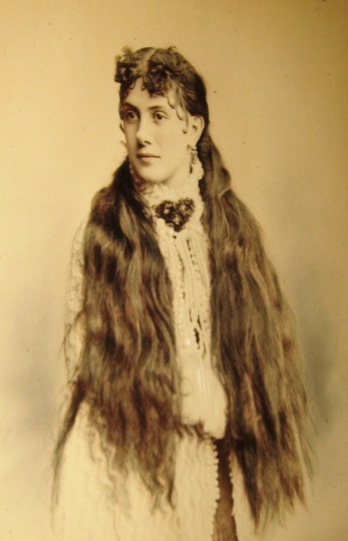
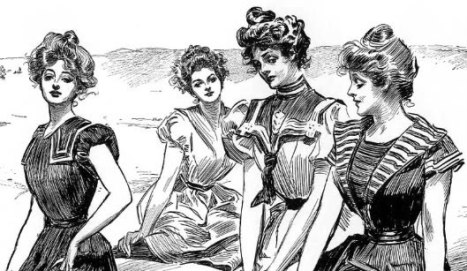
Great work Jen…. LOVE!